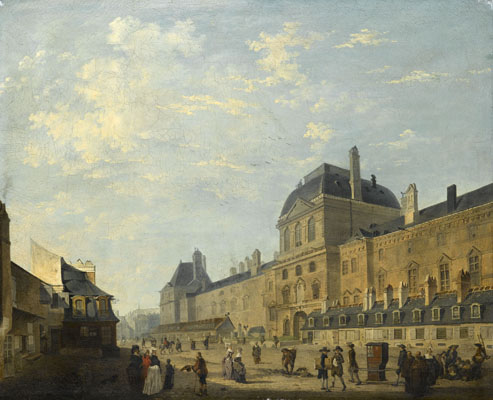Fr : version française / En: english version
Paris, an open-plan city
The 18th century sounded the death knell for medieval cities. The pressure of demographic growth led to the demolition of ramparts and the incorporation of suburbs, with new districts built around a more rational grid layout. This involved the creation of squares, street lighting and wider roadways (a 1783 regulation prohibited construction of streets in Paris narrower than 9.75 meters).
Rousseau arrives in Paris
How much did Paris disappoint the idea I had formed of it! The exterior decorations I had seen at Turin, the beauty of the streets, the symmetry and regularity of the houses, contributed to this disappointment, since I concluded that Paris must be infinitely superior. I had figured to myself a splendid city, beautiful as large, of the most commanding aspect, whose streets were ranges of magnificent palaces, composed of marble and gold. On entering the faubourg St. Marceau, I saw nothing but dirty stinking streets, filthy black houses, an air of slovenliness and poverty, beggars, carters, butchers, cries of diet-drink and old hats. This struck me so forcibly, that all I have since seen of real magnificence in Paris could never erase this first impression, which has ever given me a particular disgust to residing in that capital.
Extract from The Confessions of Jean-Jacques Rousseau by Jean-Jacques Rousseau (1765-1770)
The "noblesse de robe" (aristocrats who gained their titles from judicial and administrative functions) and leading traders had luxurious private mansions. Cemeteries were relocated outside the city. The biggest cities were divided administratively into parishes and districts. This was the dawn of town planning.



























